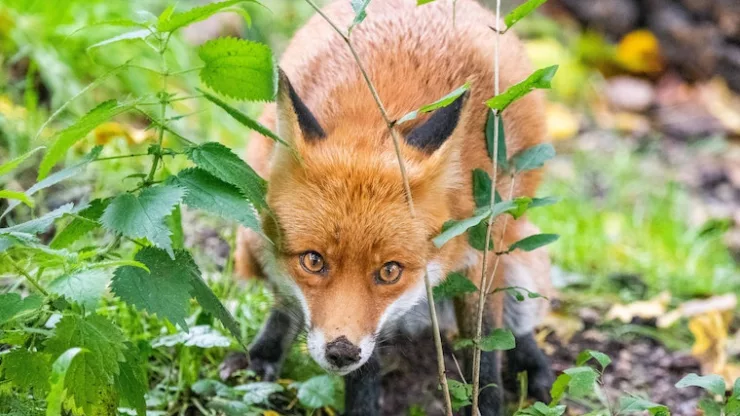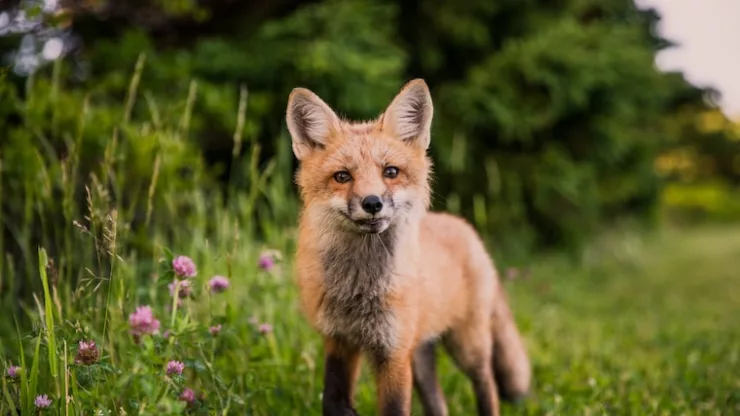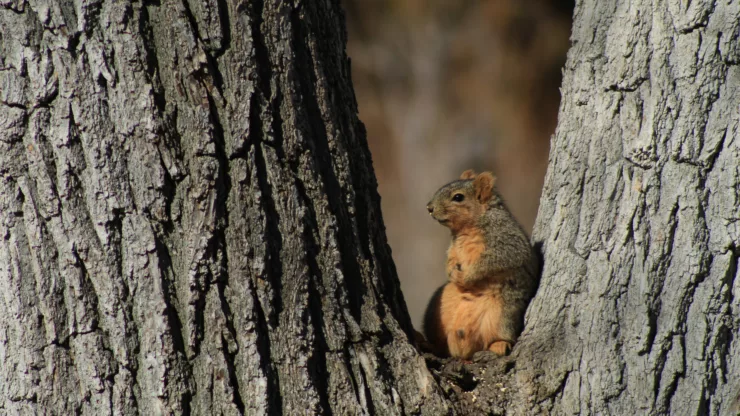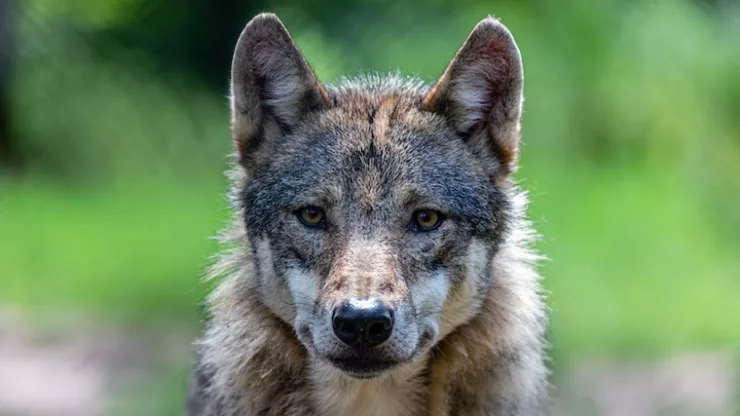Jump to Section
Introduction
In recent years, city dwellers have been witnessing a fascinating phenomenon: the arrival of foxes and coyotes in urban environments.
These adaptable creatures have learned to live alongside humans, taking advantage of the resources provided by our bustling cities.
In this article, we will explore the characteristics, behaviors, and challenges of urban foxes and coyotes, as well as discuss how we can safely coexist with these captivating creatures.
Urbanization and Wildlife Coexistence
As cities expand and urban areas encroach on natural habitats, many animals are forced to adapt to new environments. Foxes and coyotes, in particular, have demonstrated remarkable adaptability and resilience, successfully establishing themselves in city landscapes.
City Foxes
Characteristics and Adaptations
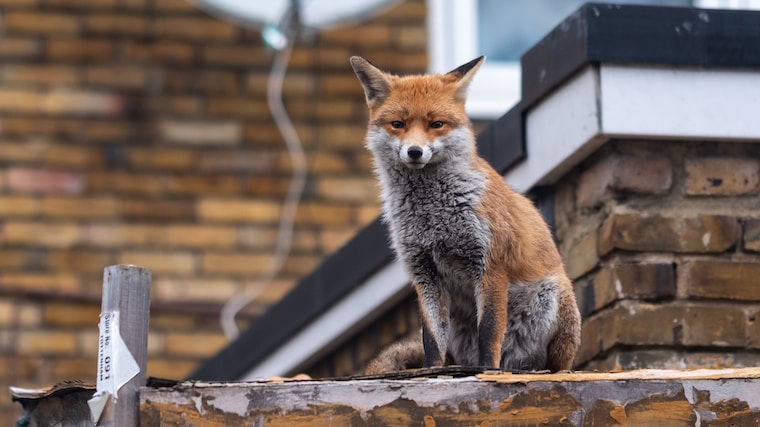
Urban foxes are generally red foxes, distinguished by their reddish-brown fur and bushy tails.
They are highly adaptable animals, capable of thriving in various environments, from forests and grasslands to suburban neighborhoods and city parks.
Foxes are skilled at navigating urban landscapes and can often be found living in gardens, abandoned buildings, or other quiet areas that provide shelter and access to food.
Diet and Behavior
City foxes are opportunistic feeders, consuming a diverse diet that includes insects, rodents, birds, fruits, and even human food waste.
Their resourcefulness and adaptability have allowed them to survive in cities where food sources are abundant.
Despite their reputation for being cunning and elusive, urban foxes can become quite bold, especially when seeking food or protecting their territory.
The Benefits of Foxes in the City
Foxes can provide several benefits to the urban ecosystem. They help control rodent populations and contribute to the overall balance of the food chain.
Additionally, their presence can bring a sense of wonder and connection to nature for city dwellers who might not otherwise have frequent interactions with wildlife.
The Challenges of Foxes in the City
There are also potential downsides to having foxes in urban environments. They may raid garbage cans and create messes or damage property.
Additionally, foxes can carry diseases such as rabies, which can be transmitted to humans or pets if contact occurs.
City Coyotes
Characteristics and Adaptations
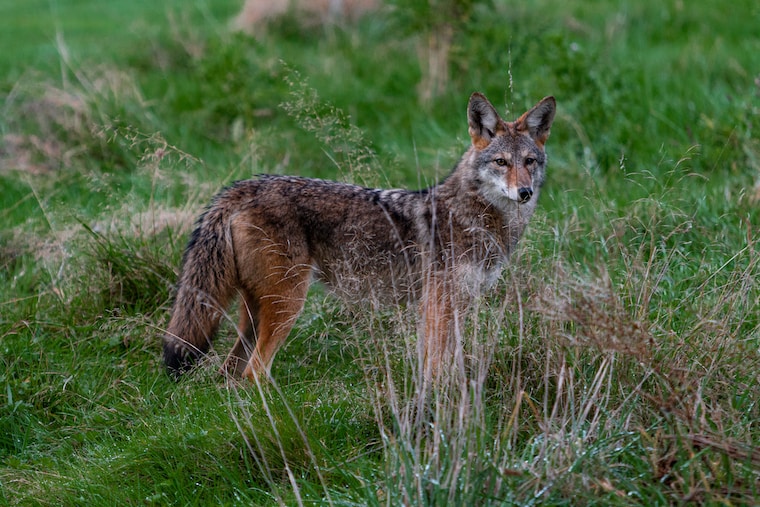
Coyotes are larger than foxes, with grayish-brown fur, pointed ears, and a bushy tail. Like foxes, they are highly adaptable and have successfully integrated themselves into urban environments.
Coyotes tend to be more cautious than foxes, preferring to avoid humans whenever possible.
Diet and Behavior
Coyotes are also opportunistic feeders and will consume a variety of food sources, including rodents, rabbits, birds, fruits, and even human food waste.
They are more likely to hunt at night, when human activity is reduced, and will often patrol large territories in search of food and mates.
The Benefits of Coyotes in the City
Coyotes play an important role in controlling rodent and rabbit populations, which can become problematic in urban areas.
Their presence also encourages biodiversity and contributes to a more balanced ecosystem.
The Challenges of Coyotes in the City
Coyotes can cause concern for city residents, particularly when they venture into residential areas or attack pets.
They may also carry diseases, such as rabies or canine distemper, which pose a risk to humans and pets.
Coexisting with Foxes and Coyotes
Safety Tips for Coexistence
To promote safe coexistence with urban foxes and coyotes, it’s crucial to take precautions and follow these guidelines:
- Secure trash cans and compost bins to prevent wildlife from accessing them.
- Avoid feeding wild animals, as it can encourage bold behavior and dependence on humans.
- Keep pets indoors or on a leash when outside to minimize the risk of interactions with wild animals.
- Install motion-activated lights to deter nocturnal visitors.
- Report any aggressive or unusual behavior to local animal control authorities.
Encouraging Wildlife in Urban Environments
Urban environments can benefit from the presence of wildlife, as it promotes biodiversity and offers opportunities for city dwellers to connect with nature.
To encourage healthy wildlife populations, consider the following steps:
- Plant native trees, shrubs, and flowers to provide natural habitats and food sources.
- Install nesting boxes or birdhouses to support local bird populations.
- Create “wild” areas in your garden, with brush piles and tall grasses, to provide shelter for small animals.
- Participate in local conservation efforts and support policies that protect urban green spaces.
Conclusion
City foxes and coyotes are remarkable examples of wildlife adaptation to urban environments.
While their presence can bring challenges, it also offers numerous benefits and opportunities for city dwellers to connect with nature.
By understanding their behaviors, taking precautions, and actively encouraging wildlife-friendly urban environments, we can foster a harmonious coexistence with these captivating creatures.
FAQs
- Are foxes and coyotes dangerous to humans? While foxes and coyotes are generally not aggressive towards humans, they can pose a threat if they feel cornered or are protecting their young. It’s essential to respect their space and avoid approaching them.
- What should I do if I encounter a fox or coyote in my yard? If you encounter a fox or coyote in your yard, remain calm, make yourself appear larger by raising your arms, and firmly yell at the animal to leave. Never turn your back or run, as this could encourage the animal to chase you.
- How can I keep foxes and coyotes away from my property? Secure your trash cans, avoid feeding wildlife, and use motion-activated lights to deter them from your property. You can also install fencing to help keep them out.
- Do foxes and coyotes only live in city parks? No, they can also be found in a variety of urban settings, including gardens, abandoned buildings, and other areas that provide shelter and access to food.
- Are there any laws or regulations governing the management of urban foxes and coyotes? Laws and regulations vary depending on the location. It’s essential to check with your local authorities to understand the rules in your area and report any concerns about foxes or coyotes to the appropriate agencies.
I’m a nature enthusiast and creator of Metro Wilds and have spent years exploring the great outdoors.
With a passion for environmental conservation and sustainability, I have dedicated my career to writing about the beauty and wonders of nature, as well as the threats facing our planet.
Contact me at [email protected] for assistance.

